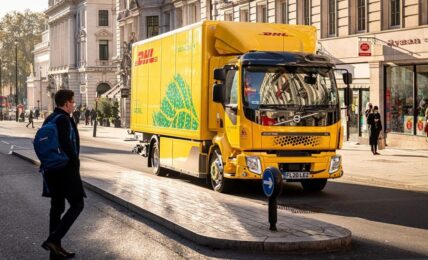Apple announced today a new renewable energy investment in Australia, aimed at helping the company address the climate impact of the electricity used by customers to charge their Apple devices.
The announcement forms part of Apple’s ambition to become carbon neutral across its entire business, manufacturing supply chain, and product life cycle by 2030, a goal set by the company in 2020.
Apple achieved carbon neutrality in 2020, and has focused its efforts on addressing its broader value chain emissions. More than 70% of Apple’s carbon footprint is created from the energy used in the manufacture of its products, and electricity used by customers to power devices accounts for 22%.
To address supply chain emissions, the company has been working with manufacturers to source clean energy for the production of Apple products.
The company announced its first renewable energy investment aimed at addressing product use emissions earlier this year, sourcing clean energy from a 2,300-acre solar project in Texas.
The investment announced today will provide renewable energy from the Upper Burdekin Wind Farm in Queensland, Australia. According to Apple, its investment in the site will provide the equivalent energy to power 80,000 homes.
Lisa Jackson, Apple’s Vice President of Environment, Policy, and Social Initiatives, said:
“At Apple, we recognise the urgent need to address the climate crisis, and we’re accelerating our global work to ensure our products have a net-zero climate footprint across their entire life cycle. We are proud to play a part in Australia’s transition to a cleaner energy grid, and thrilled that Apple will soon support Australian customers’ use of their favourite products with clean energy.”
The renewable energy investment was made as part of a series of sustainability-focused announcements made by the company marking 40 years in Australia. Other initiatives included a partnership with universities RMIT University in Melbourne and the University of Technology Sydney to bring coding skills to students in the country, and an expansion of the company’s Racial Equity and Justice Initiative (REJI) to Australia, providing funding for initiatives and community nonprofits serving Indigenous communities.
Apple CEO Tim Cook said:
“We’re proud to celebrate Apple’s long history in Australia, and to deepen our shared commitment to protecting the planet and creating opportunity in people’s lives.”
The post Apple Invests in Clean Energy to Address Emissions Impact of Powering Devices appeared first on ESG Today.



